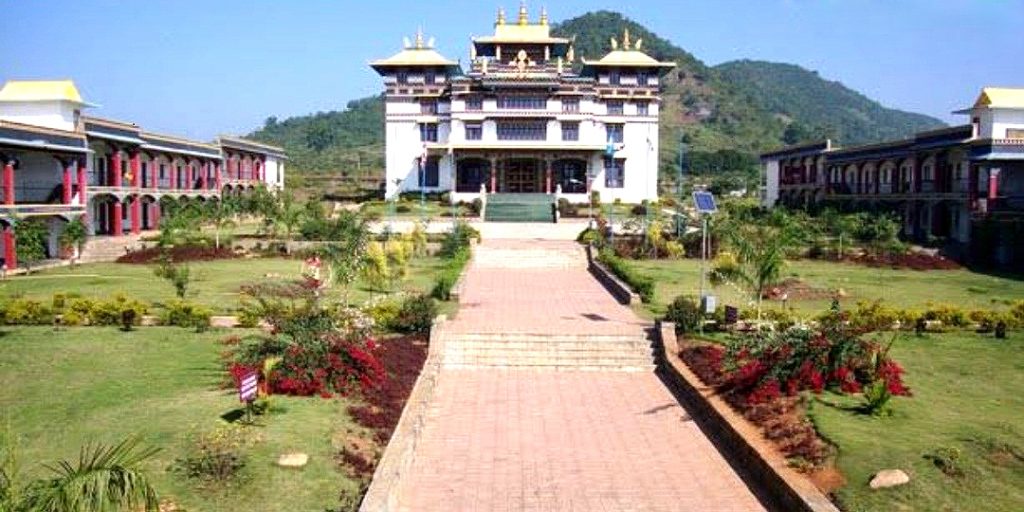Paralakhemundi: Padmasambhava Mahavihara, a famous Buddhist monastery in Labarsingh panchayat under Mohana block in Gajapati district, has turned out to be a major draw of tourists in southern Odisha.
The picture postcard natural setting has been its main asset from the tourism point of view, a report said.
The monastery is ensconced in the verdant surroundings dotted with Khasada waterfall at Jirang near Chandragiri. The beautiful Padmasambhava Mahavihara monastery is said to be the largest in the south Asia.
In winter, a large number of tourists throng the area. However, over the last one and a half years, the monastery had been closed due to Covidinduced restrictions. The Buddha Vihar was reopened for tourists from Monday.
Scores of Buddhist Tibetans reside in the Buddha Vihar, popularly known as a mini Tibet in Odisha. It spreads over 10 acres. The monastery is named after Acharya Padmasambhava, who was born in Odisha and believed to have spread Buddhism to Tibet in 7th century.
It was in 2010, Buddhist seer Dalai Lama had inaugurated the monastery.
The Vihar has been built with an aim of studying Buddhism and propagating it. Driving through the roads of Jirang, visitors are welcomed to this Buddha Vihar with Buddhist flags on both sides of the road.
The monastery has been built as per the Atanpuri style of Nalanda. It has an assembly hall with a 17-foot-high idol of Lord Buddha. Idols of his two disciples have been installed on both sides.
On the right side of the Buddha’s idol is the 1000-armed, 1000-eyed Avalokiteswar. The five-storey monastery and its interiors richly decorated with traditional religious paintings reflects Tibetan culture.
Rs 8 crore has been spent for the 70-ft-high monastery capable of housing over 200 Lamas. There are also small temples for Buddhist monks to do prayers. A school has been set up for Tibetans.
In 1959, China occupied Tibet. Then, scores of Tibetans came here seeking refuge. The Odisha government had made arrangements for their settlement and rehabilitation between 1963 and 1967.
Over 3000 Tibetans live here. They eke out their living by raising maize, pearl millets and other crops. Besides, they earn handsomely from selling winter clothes. A cooperative society has been opened for Tibetans for their welfare.
PNN
